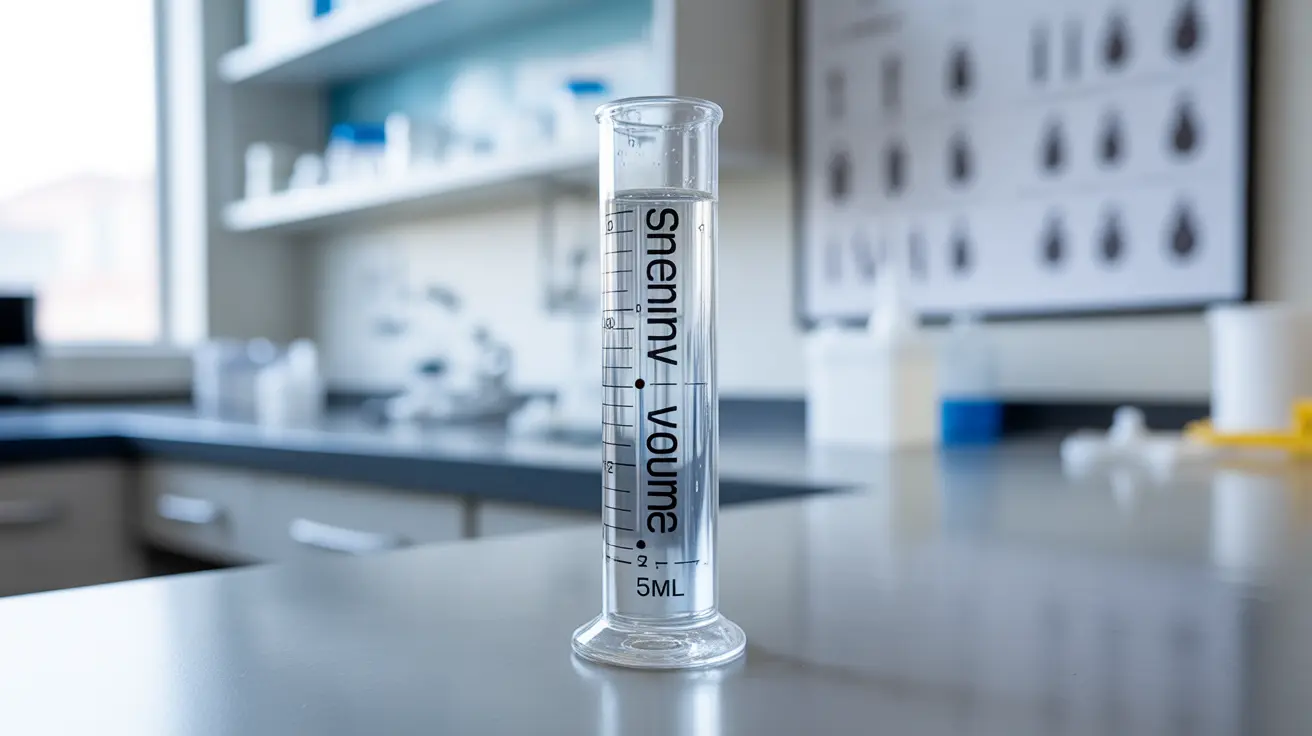Hyperspermia is a medical condition characterized by an unusually high volume of ejaculate (semen) during ejaculation. While this condition is relatively rare, understanding its implications, causes, and potential effects on fertility is crucial for men experiencing this condition and healthcare providers managing it.
In this comprehensive guide, we'll explore the key aspects of hyperspermia, including its symptoms, underlying causes, impact on fertility, diagnostic approaches, and available treatment options.
What is Hyperspermia?
Hyperspermia occurs when a man produces more than 5.5 milliliters (mL) of semen during ejaculation, which is above the normal range of 1.5 to 5.5 mL. This condition is distinct from other semen-related disorders and requires proper medical evaluation for accurate diagnosis and management.
Signs and Symptoms of Hyperspermia
The primary indicator of hyperspermia is an increased volume of ejaculate, but there are several other signs that may accompany this condition:
- Larger than normal amount of semen during ejaculation
- Longer duration of ejaculation
- Potential discomfort or pain during ejaculation
- Possible changes in semen consistency
Causes and Risk Factors
Several factors can contribute to the development of hyperspermia:
Physiological Factors
- Hormonal imbalances
- Prolonged sexual abstinence
- Age-related changes
- Genetic predisposition
Medical Conditions
Various medical conditions can influence semen production and volume:
- Infections of the reproductive tract
- Inflammation of the seminal vesicles
- Prostate gland abnormalities
- Certain endocrine disorders
Impact on Fertility
Contrary to what some might assume, having a higher semen volume doesn't necessarily translate to better fertility. In fact, hyperspermia can sometimes affect fertility in several ways:
- Dilution of sperm concentration
- Potential alterations in sperm motility
- Changes in seminal fluid composition
- Possible impact on sperm survival
Diagnostic Procedures
Healthcare providers typically use several methods to diagnose hyperspermia:
Semen Analysis
- Volume measurement
- Sperm count assessment
- Motility evaluation
- Morphology examination
Additional Testing
Depending on individual cases, doctors may recommend:
- Hormone level testing
- Reproductive tract imaging
- Genetic testing
- Physical examination
Treatment Approaches
Treatment for hyperspermia typically focuses on addressing underlying causes and managing any fertility concerns:
Medical Interventions
- Hormone therapy when indicated
- Treatment of underlying infections
- Management of inflammatory conditions
- Medications to regulate semen production
Lifestyle Modifications
- Dietary adjustments
- Regular exercise
- Stress management
- Proper hydration
Frequently Asked Questions
What are the common symptoms and signs of hyperspermia?
The main symptom is an ejaculate volume exceeding 5.5 mL. Other signs may include longer ejaculation duration, possible discomfort during ejaculation, and changes in semen consistency.
What causes hyperspermia and can it be related to hormonal imbalances or infections?
Hyperspermia can be caused by various factors, including hormonal imbalances, reproductive tract infections, inflammation of the seminal vesicles, and genetic factors. Both hormonal issues and infections are significant potential causes that require medical evaluation.
How does hyperspermia affect male fertility and chances of conception?
While having more semen doesn't necessarily impact fertility negatively, hyperspermia can potentially affect fertility by diluting sperm concentration and altering the optimal environment for sperm survival and function.
What tests are used to diagnose hyperspermia and assess sperm health?
Diagnosis typically involves comprehensive semen analysis, including volume measurement, sperm count, motility testing, and morphology examination. Additional tests may include hormone level assessment and reproductive tract imaging.
What treatment options are available for managing hyperspermia and improving fertility?
Treatment options include addressing underlying causes through hormone therapy, treating infections if present, managing inflammatory conditions, and implementing lifestyle modifications. The specific approach depends on the identified cause and individual circumstances.




